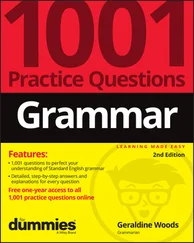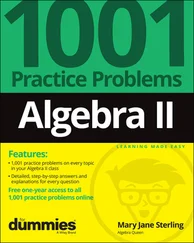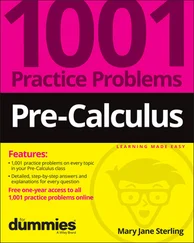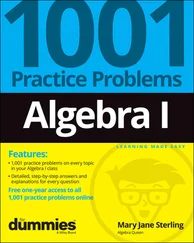I recommend getting a private tutor if you don’t already have one. Take as many practice tests as you can, and then comb through your wrong answers and do your best to figure out where you went wrong. If your math teacher is supportive, bring especially hard SAT problems to them — they’ll almost certainly be willing to help!
When’s the latest I can take the SAT and still get into school?
Most students take the SAT with their class in May or June of their junior year. They may try it out before that, but somehow, it doesn’t feel real until their whole class is doing it, too.
But if that’s the beginning, it doesn’t have to be the end.
Usually, December of your senior year is your last shot at the SAT if you want to start college the following fall. Unless you’re applying for early acceptance, most colleges don’t make their final decisions until after the December SAT scores have been posted.
Hey wait — do I even have to take the SAT to go to college?
I've saved this question for last because if you've read this far, you're clearly an engaged student who's looking for a quality answer to this question rather than an easy one. But in these obviously changing times in education — in both the U.S. and throughout the world — this is a valid question that's worth thinking about.
The short answer is “Definitely maybe.”
Even before the COVID-19 pandemic began, a significant number of U.S. colleges and universities had started de-emphasizing the SAT in their entrance requirements and, in some cases, dropping the requirement. And most of them had already begun accepting the ACT in place of the SAT to fulfill this requirement.
The pandemic mostly accelerated these trends.
So a slightly longer answer to the above question would be, “Check the current requirements for the college(s) you're applying to.” These requirements may be in flux for the next few years, so stay attuned to any changes as they may be announced.
As for my own humble opinion, I would say that a good SAT (or ACT) score is still likely to open the ivy-draped gates you seek to enter for the foreseeable future. Entrance exams such as these have been around a long, long time. Arguably, they aren't the best statistical indicator of future college success. (That, by the way, would be past success in high school — so keep those grades up!) But large educational institutions — and the institution of education as a whole — tend to be about as responsive and quick to change course as aircraft carriers.
Furthermore, even as colleges weigh the pros and cons of their SAT/ACT requirements, some state school systems have begun requiring the SAT as part of their graduation requirements. And this trend appears to be growing in popularity, at least for the time being.
So to sum up, while your grandchildren may not end up having to take the SAT, if you want to keep your educational options open, you probably won't have the same luxury.
Three SAT Success Stories
Finally, here are three SAT success stories from my recent years of teaching and tutoring. Each of them is a composite of several similar students, with the names changed and all that. But I’m very proud of them all!
Jay’s story — clearing 500
When Jay started studying with me, his goal was very straightforward. A gifted lacrosse player, he was already being recruited by a coach at a college where several of his former teammates were already going. They loved it, and he wanted to join them.
So his high school plan was simple: play hard on the lacrosse field, keep his grades up, and break 1,000 on the SAT.
Jay and I worked together for two or three months, and when he took the test for the first time, he got a 520 in English and a 510 in math. With a 1,030 composite SAT score to work with, the coach advocated for him, and Jay received an early acceptance letter a few weeks later.
As much as he enjoyed working with me on SAT math, he was done. As I write this, he’s the captain of his college lacrosse team.
Shaun’s story — breaking solidly beyond 600
I met Shaun when he was a sophomore, in an SAT class full of all juniors and seniors. He was likeable, quirky, and smart, definitely holding his own in a class full of kids one and two years older than him. His real interest was engineering, and he had a garage full of cool projects in various states of completion.
After the SAT class was done, I started working with him one-on-one over the summer between his sophomore and junior years. He did well on the practice tests, but missed math questions he should have gotten, mostly because he misread the question or made a minor calculation error.
He and I worked together to solidify his skills in the areas of math that most SAT questions focus on: linear functions, linear systems of equations, and quadratic functions. I also encouraged him to spend more time answering the easy-to-medium questions and skipping over the difficult, time-consuming ones.
Shaun thought he was ready to take the SAT for real at the beginning of his junior year. His father thought he needed more practice. I recommended that he take it, if only to resolve their difference of opinion with an actual score. On his first try, he got a 1,340 — 680 in English, 660 in math.
“If you’d like to break 1,400,” I suggested, “we can keep on going.”
But instead, Shaun just kept his grades up, applied to a good engineering program, and got early acceptance. Case closed.
Amy’s story — reaching 700 and beyond
Amy was a bright student, at the top of her class at a very competitive private school. She was already just about killing her SAT practice tests when I began to tutor with her.
We worked together for three or four months, and then she took the SAT with the rest of her class in May of her junior year. On her first try, she got a 750 in English and a 730 in math.
For any other student, that would have been the ballgame. For Amy, getting a 1,480 just about drove her crazy. “Twenty more points! That’s all I need!”
We continued through the summer, and she worked tirelessly. For a day or two, just a couple weeks before the August test, I thought she might crack. “You don’t have to do this.” I explained. “You already have an amazing score. But if you’re going to the SAT Olympics, I’m going to coach you at that level.”
She pressed on, took the test — and got a 1,530 composite, with a 770 in English and a 760 in math. With her grades, extra-curricular activities, and a tremendous common app essay, she was accepted to her first-choice school. I bet you’ve heard of it!
Chapter 2
IN THIS CHAPTER
 Working with natural numbers, integers, rational numbers, real numbers, and complex numbers
Working with natural numbers, integers, rational numbers, real numbers, and complex numbers
 Reviewing fractions, ratios, decimals, and percentages
Reviewing fractions, ratios, decimals, and percentages
 Understanding absolute value
Understanding absolute value
 Calculating with radicals
Calculating with radicals
 Clarifying basic algebra terminology
Clarifying basic algebra terminology
Читать дальше
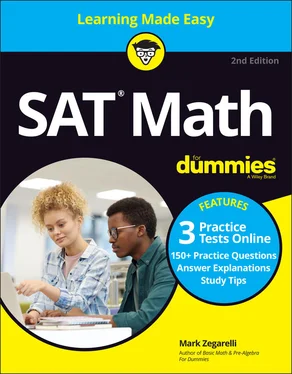
 Working with natural numbers, integers, rational numbers, real numbers, and complex numbers
Working with natural numbers, integers, rational numbers, real numbers, and complex numbers